A Heated Discussion
In early September 2022 our area was subjected to an extreme heat event. The official readings at Travis AFB were as follows: 9/4 107 degrees, 9/5 116 degrees, 9/6 115 degrees, 9/7 106 degrees, 9/8 113 degrees, and 9/9 109 degrees. Also complicating the event, was that it occurred several years into a prolonged drought. I don't think any of us that experienced it are likely to forget it anytime soon.
We weren't the only ones suffering, our plants were as well. I pulled all the tomatoes off my tomato plants ahead of time. I knew from previous heat waves that they would literally bake in place, otherwise. I tried to water daily, especially my plants in pots. But being in the middle of as drought I tried to water just enough for survival.
I thought I would share some of what happened in my yard here in Fairfield. This isn't an inclusive list but a sampling. My Acer palmatum or Japanese Maple lives in a pot on the patio with partial sun. It ended up with half of it's leaves shriveled, on the side with the most sun. My dwarf citrus in pots on the opposite end of the patio, in full sun, really took a beating. The leaves of the Blood Orange were baked and bleached to a yellow color. There was sun scald on the fruit of the Blood Orange and Tangerine. A few days later there was some fruit drop in the Blood Orange, Tangerine, and Kumquat. TheRangpur Lime, Key Lime and Buddha's Hand dwarf citrus trees that were in a much shadier area did not experience much damage. A month later, I can see that the Blood Orange and Tangerine are putting out new leaves in the damaged area.
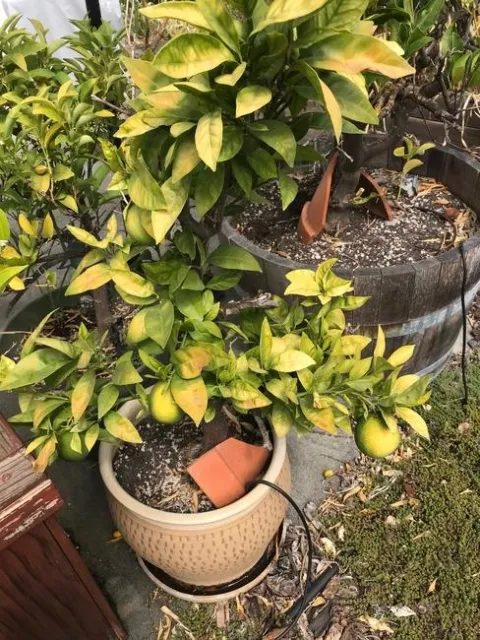
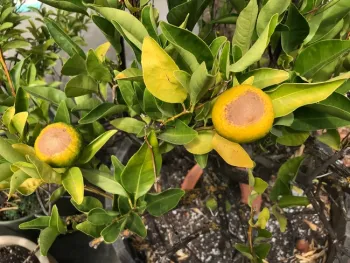
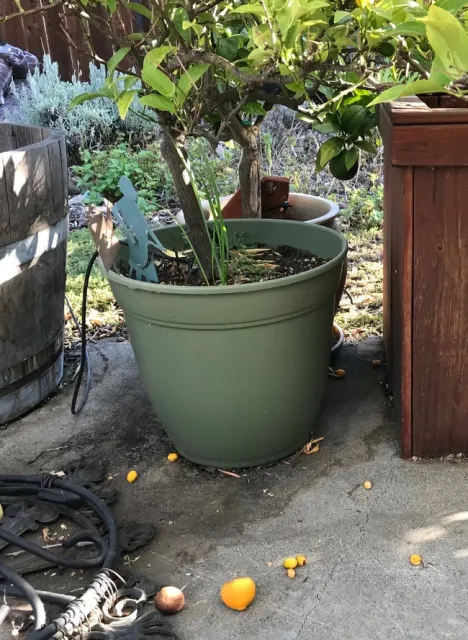
In the front yard my Joseph's Coat climbing rose suffered with dried browned leaves and scattered damage to small branches. Interestingly, a month later it looks back to normal. Also in the front yard, the Amaryllis belladonna or Naked Lady or Pink Lady had just started to bloom. The blooms that opened during the heat wave were shriveled within one day. Those that bloomed later had longer lasting flowers, but their stems never seemed to elongate after the heat wave. So, the blossoms were on unusually short stems.
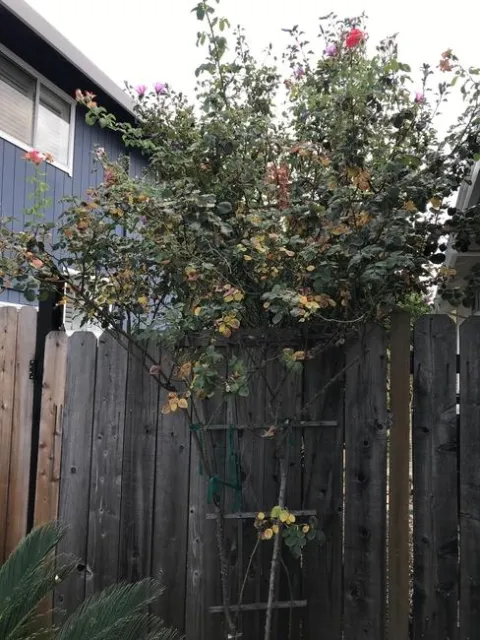
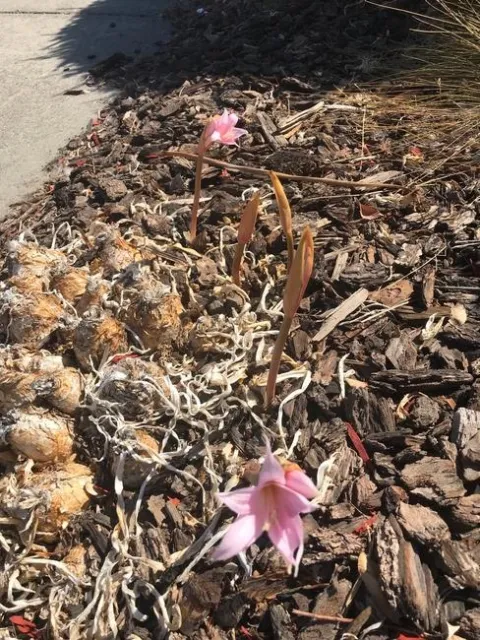
Our Ceanothus griseus var. horizantalis 'Yankee Point' is a plant we use as a ground cover/low shrub next to the front sidewalk. Each plant lost a small branch or two. In contrast the uprightCeanothus at our church was devastated. This larger shrub had had an untimely heavy pruning and “limbing up” procedure for security reasons. Unfortunately, this stressed the plant and made it more vulnerable to the heat damage.
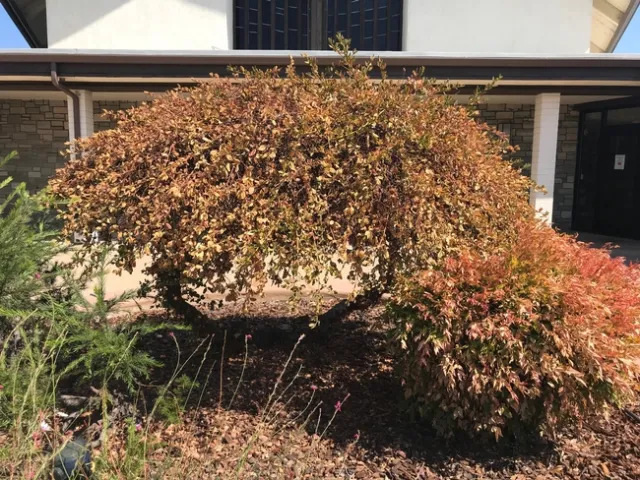
Despite the general rule against watering a ceanothus in the summer, (because they are adapted to our Mediterranean Climate of winter rains), I watered the shrub as soon as I found the damage, a few days after the heat wave. There were a few small green branches present. One month later it is not clear whether this plant will survive.
It was interesting to see what survived relatively unscathed. My Honeysuckle, Grevillea, Buddleia, or Butterfly Bush, Salvia yangii, or Russian Sage, Podocarpus gracillor, or African Fern Pine, and Arbutus unedo, or Strawberry tree were all in the ground and did fine. My dwarf banana and two gingers in large pots and shade did fine as well
I think there are several lessons that I learned from this experience; I hope to do a better job next time. If I need to put in new plants, to consider choosing those that did well through the heat wave. If we are not still in a drought, water freely in the early mornings of a heatwave. I will set up temporary sun shades/screens for plants that proved susceptible this time around i.e., my citrus in full sun. Likewise, I would also place sun screens around any stressed plants like the recently pruned ceanothus at church. And perhaps try to avoid any big summer pruning on ceanothus in the first place. Unfortunately, I suspect that we will continue to have more of these heat events in the future.
